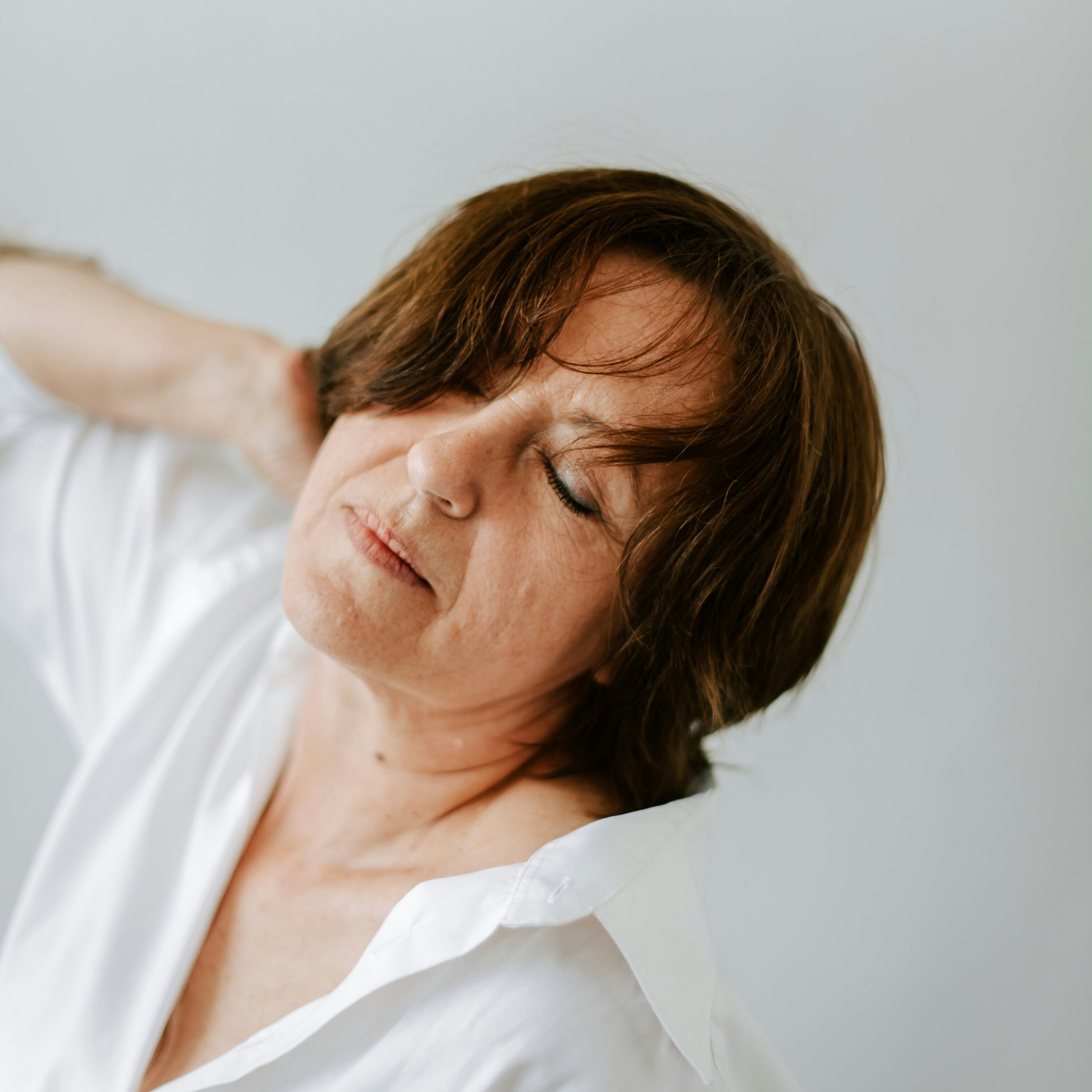Sign up to our newsletter
Get the latest news and views from Healthcare Central London, our member Practices and partners.
Beyond hot flushes and missed periods (though those are challenging enough), as your hormones shift during menopause, you might also notice changes in your weight, sleep, mood — even your hair and skin.
While everyone’s experience is different, simple tweaks to what you eat and how you move can help you feel more like yourself again.
No drastic overhauls or quick fixes, think of it like building a personalised toolkit for yourself: protein to protect your muscles, strength exercises for bone health, and smart swaps to ease symptoms.
We’ve cut through the noise to bring you practical, evidence-based advice that actually fits into real life. From struggling with sleepless nights, and stubborn weight gain, to just wanting to feel more energised — start with what feels manageable today.
For a printable, more comprehensive version of this guide, download here.

Every person going through perimenopause and menopause will have a different experience. This evidence-based guide offers practical advice to help you feel your best.
Start small: Focus on 1–2 changes at a time that feel realistic for you. Combine this advice with support from your healthcare professional for lasting, manageable improvements to your wellbeing.
Menopause is when periods stop permanently, confirmed after 12 months without a period (typically between ages 45–55). The years leading up to it — perimenopause — can last 7.4 years on average, and the majority of people in the phase experience symptoms due to falling oestrogen levels.
The perimenopause transition phase can bring symptoms like hot flushes, mood swings, and weight changes.
Up to 80% of people notice shifts like:
What you need to know about diagnosis: Blood tests (e.g. FSH) are rarely needed — symptoms alone often confirm perimenopause in people over 45. Symptoms vary hugely, so focus on what you experience.
Falling oestrogen levels can increase long-term risks like osteoporosis (4 in 10 women over 50 fracture bones) and heart disease. But small, realistic tweaks can help you feel better now and protect your future health.
Start simple: Pick 1–2 changes below that feel doable. Think progress, no perfection.
Protect your muscles.
30g daily keeps hunger steady.
150 mins weekly of anything that raises your heart rate (brisk walking counts).
If you’re struggling to start:
Exception: Some women find soya helps hot flushes — but check with your GP first, especially after breast cancer.
If you’re feeling overwhelmed: Contact HCL’s Dietitians: nhsnwl.hcldietitians@nhs.net or explore:
Remember: Menopause isn’t a problem to “fix” — it’s a phase to navigate with kindness to your body. Start small, celebrate wins, and reach out when you need help.
Resource updated: January 2025
Get the latest news and views from Healthcare Central London, our member Practices and partners.